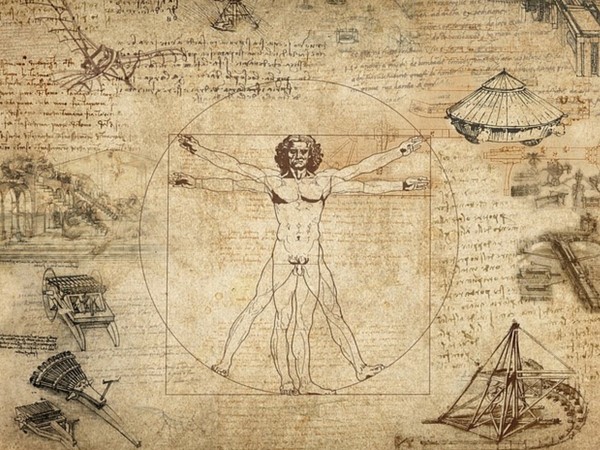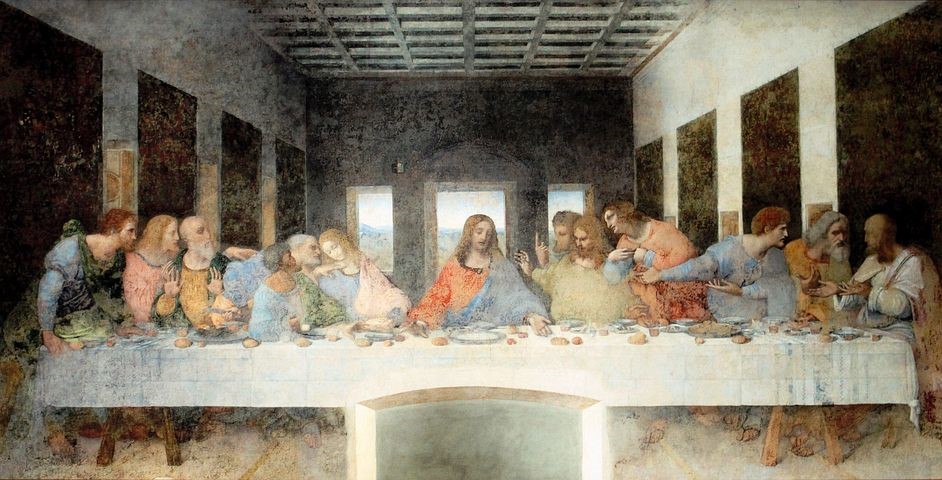Italy, ca. 1500: Dyslexic Unschooled Inventor creates Aerial Maps and makes it into the Louvre
- ctn
- Comments are off
- art Da Vinci Europe Florence Leonardo da Vinci Milan renaissance


500 years ago, on May 2, 1519 the genius painter, architect, inventor Leonardo da Vinci, found his demise. His brilliance, thinking and inventiveness were way ahead of the times he lived.
Da Vinci’s polymath natural genius indisputably made him the best example of a true “Renaissance Man” and his contribution to art and science is immeasurable. Today he remains best known for his paintings, and two of them are among the world’s most famous and admired: “Mona Lisa” and “The Last Supper”.
There are thousands of reasons to visit Italy or France, but this year Custom Travel Network will take you to the most important places of his inspiration and artistry.
Florence (Tuscany)
In the birthplace of da Vinci in Anchiano, close to the town of Vinci (that provided the surname that we associate with him today) we can still admire a permanent exhibition with the reproduction of his sketches. The Museo Leonardiano Vinci houses one of the largest collection of models reconstructed in the basis of Leonardo’s drawings among other permanent and itinerary exhibitions.
But with no doubt the “hot spot” of his creativity was Florence. Da Vinci spent most of his youth there, where he worked for over a decade, and was introduce to the art world by Andrea del Verrocchio. But art alone couldn’t cover Leonardo’s unlimited curiosity of his surroundings, so he also studied the laws of science and nature.
In Florence he painted the series of portraits that included “La Gioconda”, the painting best known as “Mona Lisa”. Current scholarship indicates that the portrait represents Lisa del Giocondo, wife of Floretine merchant Francisco del Giocondo. Visiting Florence is not complete without a visit to it’s most prominent art museum. The Uffizi Gallery, home to many Renaissance greats, including two of da Vinci’s masterpieces , “The Annunciation,” depicts the Virgin Mary and the Angel Gabriel in a beautiful garden , and “ the Adoration of the Magi,” an unfinished, striking piece that was meant to be an altar panel for Florence’s Church of San Donato a Scopeto.
Milan
Da Vinci never completed “The Annunciation of the Magi” because shortly thereafter he relocated to Milan, where he worked for the Sforza clan, serving as an engineer, painter, architect and sculptor. “The Last Supper”, a tempera and oil mural on plaster, was created for the refectory of the Monastery of Santa Maria delle Grazia, and it’s the artist’s only surviving fresco and one of the world most famous murals. Less known, but a “must-see” is the “Codex Atlanticus”, that can be spotted in the Milan’s Biblioteca Ambrosiana. It is a twelve- volume set of drawings and writings that “opens a window” into da Vinci’s genius.
Da Vinci was way ahead of his time, and in his clairvoyance left us with a famous quote:
“For once you have tasted flight you will walk the earth with your eyes turned skywards, for there you have been and there you will long to return.”
Call or email us today to secure your return to the magic world of Leonardo Da Vinci!

